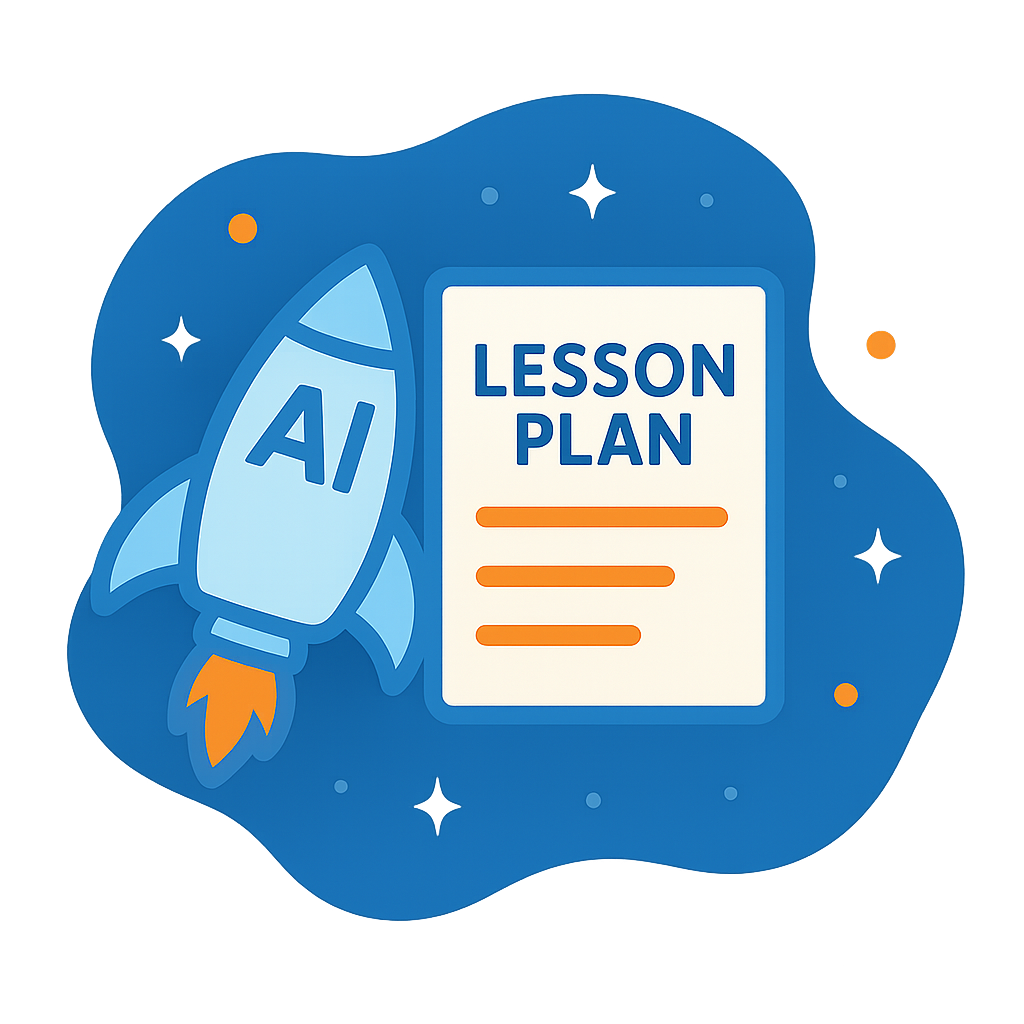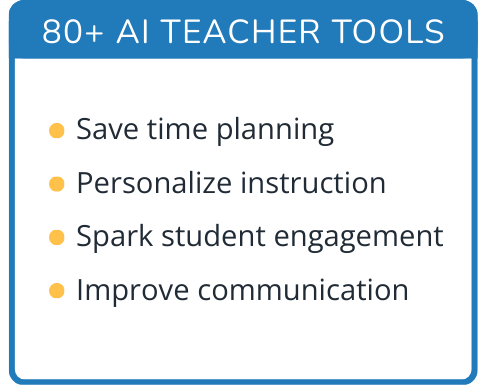Hi, what do you want to do?
Curated OER
Specialized for the Sea
Students use pictures and make a mural to investigate how ocean animals are adapted to certain parts of their environment.
Curated OER
Glacier Bay Pacific Halibut
The National Park Service has produced a high-quality presentation on the halibut population of Glacier Bay, Alaska. It takes the viewpoint of the marine biologists or rather, ichthyologists, who have been studying the adaptations,...
Curated OER
Community Ecology
Chart ecological community interactions and answer questions about niche, defenses, trophic structure, and succession. This community ecology worksheet provides a general overview of the interactions that occur among organisms that share...
Curated OER
Wildlife
First, biology pupils research land and marine habitats along the route of skipper Rich Wilson's Great American II. Then, using colored paper clips scattered across a colored paper background, they play the predator-prey game to...
Curated OER
Habitats and Food Chains
Uncover the world of animal habitats, food chains, and the ecosystems with this well-put-together presentation. Each slide contains information and images that represent various aspects related to the ecosystem. Habitat, animal...
Curated OER
Mixed Up Chameleon
Students discover facts about chameleons. In this adaptations lesson, students read a book about chameleons and discuss the adaptations they have to survive. Students also discuss predator and prey of the chameleon. Students make...
Curated OER
Leaf Living
Young scholars participate in a game to simulate life on a leaf. In this habitat instructional activity, students climb under a pile of leaves, some acting as predators and some as prey. Young scholars answer questions...
Curated OER
Who Am I?
Students classify organisms into one of five categories: producer, consumer, decomposer, predator, or prey. Students play a "Who Am I" game. Signs are hung on the backs of fellow students They must ask questions to determine what...
Curated OER
Mountain Lions in Arizona Lesson 5: Humans and Lions - Encounters in Nature
Fledgling felinologists are taught how to recognize when a mountain lion is preparing to attack. They identify proper actions to provide the greatest chance of survival if they are attacked. Learners play a matching card game in which...
Curated OER
Bug Work
Students explore the life cycles of insects and how they interact with each other in the prairie to create a healthy ecosystem and viable food chain. They list animals or insects in their own community that are similar to the prairie...
Curated OER
Bat and Moth
Students stand in a circle, with two in the center. The center students are the bat and moth. They are both blindfolded, and the bat must catch the moth. The bat shakes a can, and the moth must reply by shaking his/her can, also. After...
Curated OER
Prairie Predator and Prey
Fifth graders brainstorm a list of animals that live on the prairie, and classify them as predators and prey. They conduct interviews where they ask the animals what they need to look out for to sustain life on the prairie.
Curated OER
Learning Through Play
Second graders play a board about predator-prey relationships. They play with raptor and prey puppets and create stories about their relationships. They share their stories with the class.
Curated OER
Leo's Colorful Story
Motivate your learners with this instructional activity about the Tiger Swallowtail Butterfly. They listen to a story about the butterfly and then follow directions to color pictures. This is a simple, but effective instructional...
Curated OER
CSI Rhino
Students study the rhinoceros and how the species has survived for so long. In this rhino lesson students create graphs and research what is being done to protect the rhino.
Curated OER
Calling All Owls
Students research various types of owls. In this owls lesson, students observe owls and discuss their characteristics. Students go to an owl habitat and listen for the call of an owl. Students read The Owl in the Shower and...
Curated OER
Life Cycle of Hawaii's Honu
Learners simulate the life cycle of Hawaii's Honu. In this Science lesson, students act out the life cycle of the Hawaiian sea turtle. Learners determine and play the roles of prey and predator.
Curated OER
The Unique Rain Forest
Young scholars explore the unique Rain Forest. In this Rain Forest instructional activity, students watch a video about the dangers the Rain Forest faces. Young scholars create a Rain Forest mobile. Students choose plants or...
Curated OER
Schooling Fish
Students make fish models. In this fish behavior activity, students create lanternfish fishsticks, learn how a school of fish live, eat and swim together, examine the predator-prey relationship, and read the book Swimmy to...
Curated OER
Predator-Prey Simulation
In this predator-prey worksheet, students simulate the relationship between predators and prey using small squares to represent rabbits and large squares to represent coyotes. They complete 20 rounds of the simulation trying to get the...
Curated OER
Predator-Prey Simulation
Young scholars simulate a predator-prey interaction in an ecosystem. Students use different size squares cut from paper to represent predators and prey. They simulate the interactions of the species by following instructions for the...
Curated OER
Peppered Moth Simulation
Young scholars investigate the process of natural selection in peppered moths. In this natural selection lesson plan, students simulate peppered moths in environments similar to those during the industrial revolution. Young scholars use...
Curated OER
Changes in Ecosystems
In this changes in ecosystems worksheet, learners complete 21 various types of questions related to ecosystem. First, they determine whether each statement is true or false based on vocabulary. Then, students determine whether natural...
Curated OER
Life Has A History
In this biology activity, students identify and match various classes of species found today. Then they explain why biodiversity exists today on earth and define evolution. Students also describe who a paleontologist is and what they do.




























